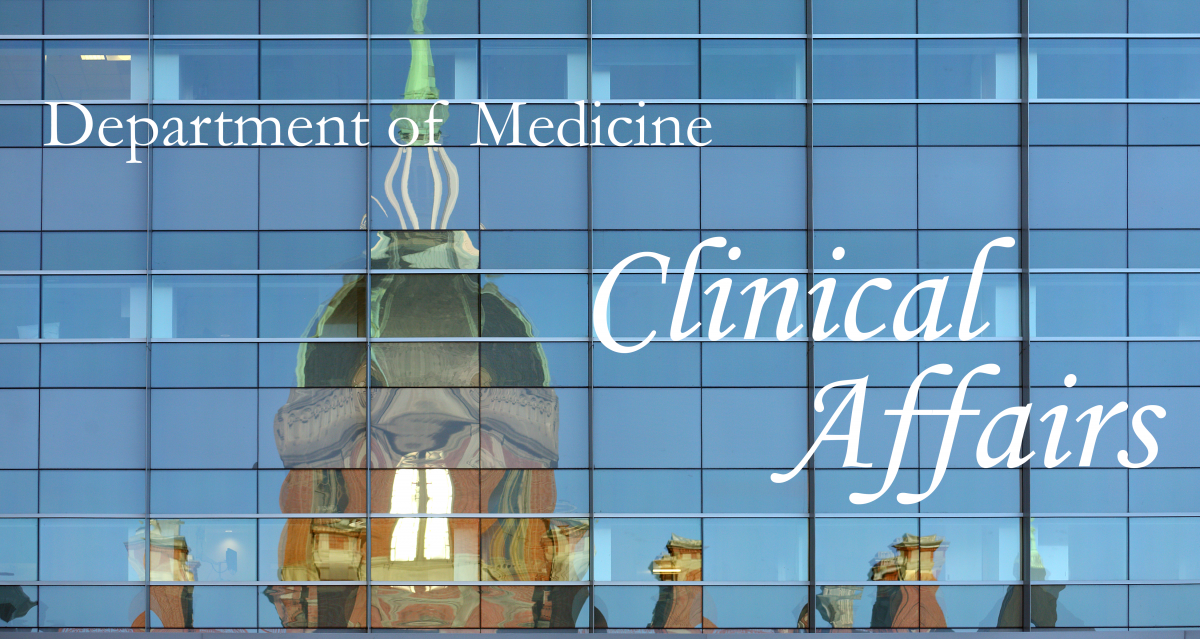1) Infusion Center hours have been expanded for greater access!
Dr. Sisson’s prior email:
Ambulatory Services is pleased to announce that effective Wednesday, June 1, 2016, the Osler 6 IV Infusion Center has expanded its hours to 7:30 a.m.-7:30 p.m., Monday through Friday.
Osler 6 offers an alternative site of care for same-day patient treatment for urgent IV Hydration, IV Antibiotics, Blood Transfusion and/or other urgent infusions, in lieu of an Emergency Department Visit or Inpatient Admission.
The process is as follows to refer a patient to Osler 6 for Treatment:
- Call 410-502-7944. The Center opens at 7 a.m., with the first appointment at 7:30 a.m. All urgent referrals must be made by 5:30 p.m., with last appointment available at 6 p.m.
- Caller must provide the center with following information at time of referral
- Patient name/MRN/DOB
- Ordering provider name/department/callback number for questions
- Clinical condition information—
- Patient diagnosis/ICD 10/reason for urgent visit
- Will ongoing therapy need to be coordinated/scheduled beyond urgent referral (if yes, elaborate)
- Provider to contact at completion of urgent visit for patient status update
- Provider places order in EPIC for a FAM List Medication either in the patient’s current encounter or in a separate orders only encounter
- (If patient in clinic)—referring clinic staff arranges transport to IV Infusion Center on Osler 6
- Patient receives urgent treatment in the IV Infusion Center
- When treatment is complete, registered nurse will provide status update to the provider to contact at completion of urgent visit for patient status update
2) Joint Commission survey -Requirement for documentation of “Learning Needs Assessment” and “Fall Risk Assessment”
- These were two areas cited by the recent Joint Commission as not being adequately documented. Ambulatory Services in JHOC has implemented a process to meet the required compliance goal of 90 percent over the next four months of monitoring.
- The CMAs in the ambulatory areas will be asking the questions to patients or their identified primary learner at intake (these are already embedded in EPIC).
- If patients answer “yes” to either of the fall risk questions, they should receive education on preventing falls at home on their after visit summary.
-Kim Peairs, Associate Vice Chair for Ambulatory Operations
